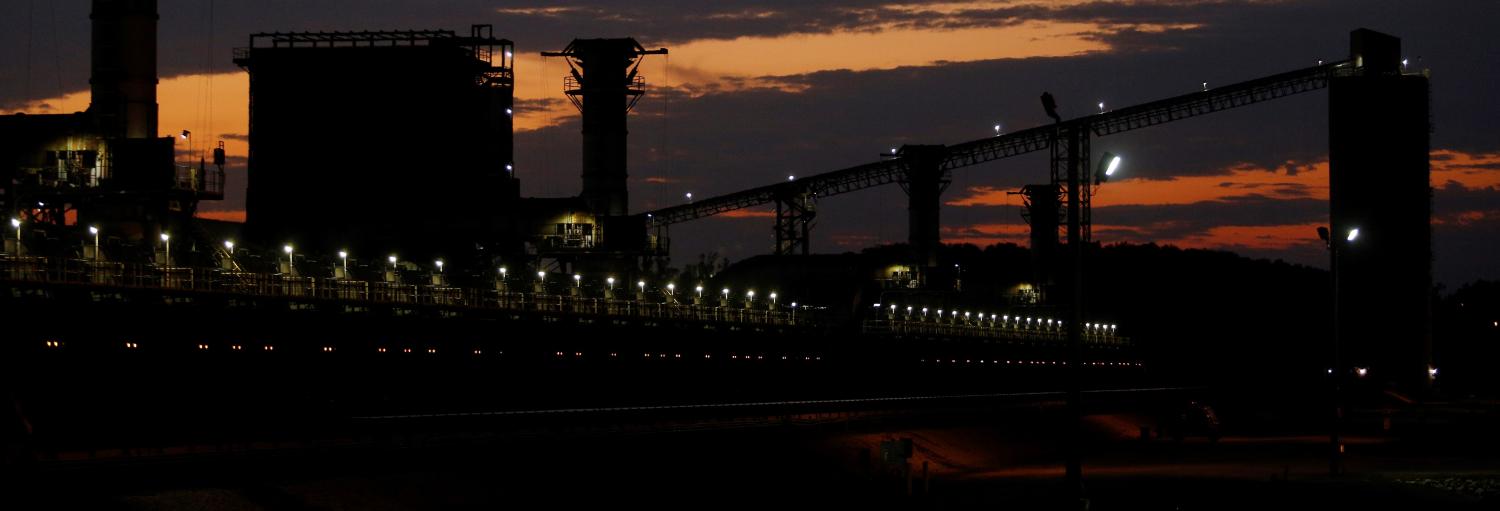January is the month for new resolutions and economic forecasts and, sometimes, a bit of soul-searching over past inaccuracies. The International Monetary Fund, the chief forecaster for the global economy, just published an update on its October forecast.
As usual, the IMF's central story is a mechanical enumeration of why the forecast has been revised: which countries have been tweaked up or down since the last forecast. Not much has changed (the net effect of the various tweaks on the global aggregate is tiny), but the message is a positive one: ‘somewhat greater growth momentum coming into the new year in a number of important economies’. But before we break out the champagne, recall what IMF Managing Director Christine Lagarde noted last September: '2016 will be the fifth consecutive year with global GDP growth below its long-term average of 3.7 percent (1990-2007), and 2017 may well be the sixth'. The forecast update shows a seventh in 2018.
For the advanced economies, the recovery phase after the 2008 crisis is coming to a conclusion with a whimper: the anaemic recovery has left damage to productive capacity. Prospective growth starts from well below the pre-2008 trend of GDP, and the new trend is flatter than the old.
Why is the IMF signaling the end of the recovery phase? The US provides the clearest example. Unemployment is down to 4.7%, even lower than the level usually regarded as 'full employment'. Bond yields have risen sharply since August, halfway back to 'normal' levels. Inflation is up, close to the Fed’s target, and wages are rising. The stock-market is strong. The Fed is limbering up to raise policy rates more decisively.
Other advanced economies echo the theme of recovery. The UK, Germany and Japan are looking rather like the US, while the rest of Europe is growing fast enough to take unemployment below 10% for the first time since 2008, despite still-miserable performances in Italy and Greece.
But the 2008 crisis has left a deep scar on these economies. Again, the United States illustrates the issue. The US labour market is at 'full employment' only because workers have dropped out of the labour force. They are no longer looking for a job, so are no longer counted as unemployed. There has been a long-term downward trend in labour-market participation, but since the 2008 crisis participation dropped much faster, especially among less-educated men. If the pre-2008 trend had been maintained, unemployment would be a percentage point or more higher than it is, and the long-drawn-out recovery would have further to go. More important still, discouraged workers would no longer be feeling rejected.
Thus as US forecasters stare into the unknown future, they ponder whether there is still some spare capacity in the labour market. And of course there is a clear intersection between economics and politics: disgruntled blue-collar workers were the key swing group explaining US President Donald Trump’s victory. Trump’s promise to restore manufacturing jobs can’t be taken seriously – instead, policy needs to see what can be done about the mismatch between workers who have lost their jobs in factories and underground coal mines, and the new services jobs, many of them 'girly' jobs in health and aged care.
Meanwhile, emerging market economies continue to grow more than twice as fast as the advanced economies. Calculated in purchasing power terms, over 70% of the IMF’s predicted growth this year and next comes from this group. How worried should we be about the risks? There are a wider variety of things which could go wrong. Those who had forecast slow growth (Michael Pettis) or imminent financial collapse for the Chinese economy (Tyler Cowen) have been disappointed so far, but China’s financial sector is still an accident waiting to happen, India is shooting itself in the foot with bizarre currency measures, and Brazil has demonstrated once again why it is chronically the 'country of the future' and always will be.
And, of course, if Trump succeeds in launching a global trade war, the forecasting slate needs to be wiped clean and a gloomier projection made.
Still embarrassed by the inability to foresee the 2008 crisis, economists are looking for new analogies and comparisons for their forecasting processes. Andy Haldane notes that weather forecasters have become a lot better in recent decades, while economists have not. Weather is hugely complex but forecasts have benefitted from vastly more data and computing power, while economics will still be subject to shifting animal spirits and 'black swan' events that no amount of data or computing power will foresee. Seeing themselves more as engineers (practical people interacting with an uncertain real world) might help, or even as plumbers, more interested in the practicalities of fixing specific problems.
Perhaps forecasters have become more modest. A caveat is attached to the IMF’s current forecast: ‘There is thus a wider than usual range of upside and downside risks to this forecast’. But this is a standard piece of drafting boilerplate. Our memories discount all those things that might have gone wrong in the past but didn’t, and the current uncertainties seem uniquely unknowable. A comprehensive list of downside risks is not much use to the policy-maker, unless the list gives accurate probabilities and timing.
For all forecasting’s demonstrated imperfections, sensible policy-making requires some view on where the economy is headed. Perhaps the best way forward is to embed the raw forecast numbers into a narrative format, which the IMF does in its twice-yearly World Economic Outlook publication. What would the current narrative be? For the crisis-affected economies, it would explain why the post-2008 recovery has been so lacklustre (the 'why' to Lagarde’s observation on below-average growth) and why these countries can’t get back to the pre-2008 trend. For the emerging economies, it might focus of why some are doing well while others are doing so badly. This narrative approach would, at least, link forecasts with the policy debate and remind us that, unlike the weather forecast, economic forecasts can influence the outcome.

